The Evolution of Refrigerants: Navigating Safety, Efficiency, and Environmental Impact
Clint Rabe, P.E.
Clint‘s background designing both mechanical and electrical systems allows him to bring a unique perspective to the design and construction process while helping him to identify potential project opportunities and pitfalls. Clint’s collaborative approach to the construction process is evident as he works to bring all parties to the table in developing the right project solutions. His conscientious and hardworking approach reinforces his personal commitment to making each project a success.
The Critical Role of Refrigerants
Refrigerants have played an important role in keeping food fresh and providing cooling for buildings throughout history. There are three factors that have driven the selection of refrigerants in the past: safety, efficiency, and environmental impact.
Historical Factors Driving Refrigerant Selection
If you’ve been in the industry long enough, you might recall the use of R-22 as a refrigerant, but it has since been phased out due to its ozone depletion potential, leading to a transition to R-410A.
Now, the global focus has shifted to reducing the global warming potential (GWP) of refrigerants through the Kigali Amendment to the Montreal Protocol with US leadership. The next transition will be to find a replacement for R-410A that is safe and efficient.
Emerging Refrigerants: R-32 and R-454B
You’ll see manufacturers moving towards the new refrigerants R-32 and R-454B this year, with an increase as we near the start of 2025, especially in the Midwest’s light commercial rooftop units and heat pumps.
As manufacturers move towards this, designers and installers will start selecting equipment that uses these refrigerants accordingly. That’s not to say that R-410A will disappear right away. R-410A will still be available during this transition; however, production levels for R-410A will begin to decrease due to limits being added over multiple years.
R-410A: Availability and Future Cost Implications
Keep in mind, R-22 can still be obtained today, albeit recovered since it is no longer produced and priced accordingly given its limited supply. R-410A will incrementally cost more in subsequent years, so the hope is that economic forces will drive down consumption, eventually to a point where it is no longer produced in the 2030s.
Equipment Compatibility with New Refrigerants
Can one use R-32 or R-454B as a one-for-one replacement for R-410A? It depends on the equipment and the characteristics needed. Believe it or not, R-410A is a mixture that includes R-32 already, so one would think that will lead to a favorable option; however, it’s going to be dependent on the manufacturer and equipment.
If one is considering changing refrigerants, it might behoove one to consider equipment replacement instead. Equipment can make significant jumps in levels of efficiency in a few years, even more in a decade.
Reusing Line Sets: Considerations and Best Practices
I tend to think the more pertinent question is if the same line sets can be reused when it comes to remodeled spaces. Again, it depends on the sizing and the situation. The velocity for R-32 is lower, so a larger line set would be helpful (i.e., having an existing 5/16” liquid line versus a 3/8” would be nice).
If a favorable size, the line sets may be reused in some situations, but they will need to be purged with a detergent (R-11) beforehand. It would not be unreasonable for manufacturers to be hesitant about reusing line sets, especially where there was equipment failure.
Transitioning Chillers and Ice Rinks from R-134a to R-513A
There are other popular refrigerants that are undergoing a phased replacement. A common one for chillers and ice rinks is R-134a. R-513A provides a 50% or more reduction in GWP. One might be able to use R-513A in a chiller that started out with R-134a, but it would likely require oil changes, and impeller and gear changes to accommodate. Again, one might consider a wholesale change to the equipment depending on the age and condition of the equipment.
Flammability Concerns and Building Code Changes
Are these refrigerants flammable? Slightly and only under the right conditions. It’s not propane by any means, but slightly. R-410A was incredibly safe regarding flammability. Because of these fairly remote risks, I anticipate changes in building codes to protect refrigerant lines as they extend through exterior wall penetrations and through interior walls to avoid the potential of damaging the lines.
Preparing for the Future of Refrigerants
As the industry moves forward, staying informed and prepared for these changes is crucial. The transition to new refrigerants like R-32 and R-454B will bring challenges, but with careful planning and adaptation, we can ensure safety, efficiency, and environmental responsibility in our cooling solutions.




